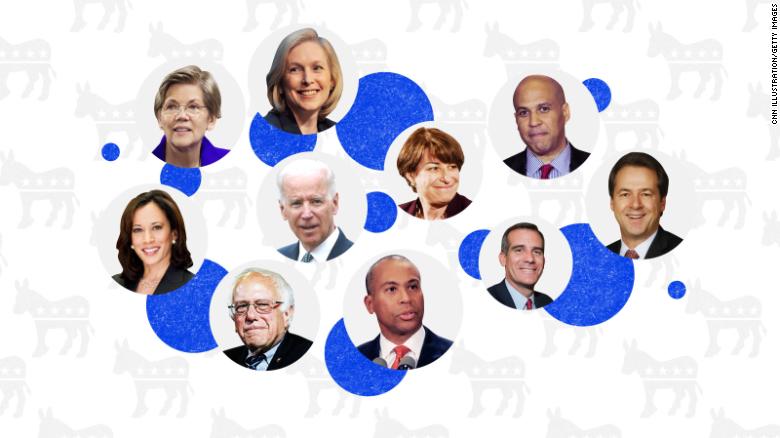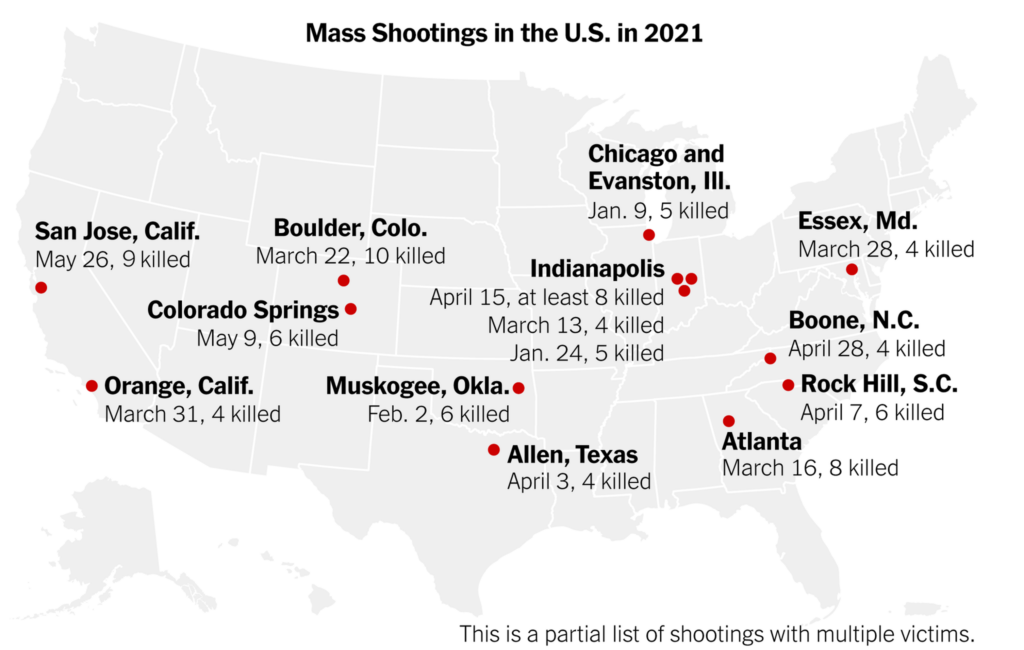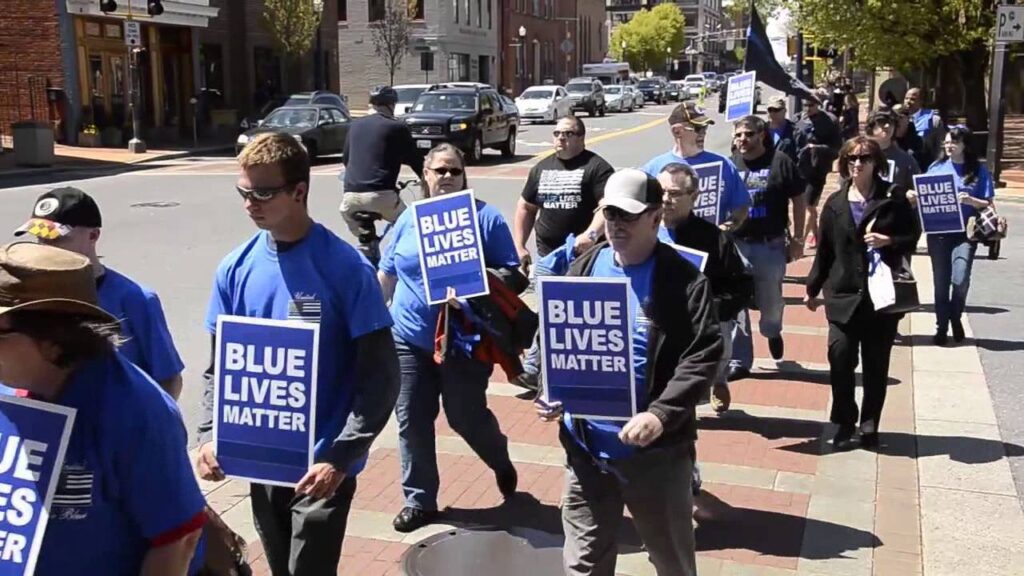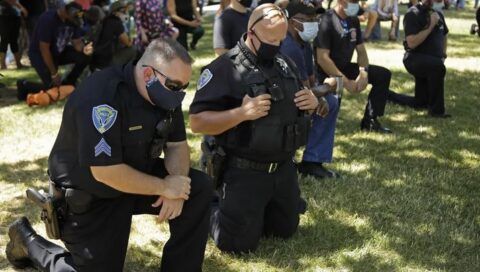There are many problems associated with having a large field of presidential candidates – not the least of which is that it often results in the nomination of the most extreme – read that, unelectable – candidate.
While the 18 candidates who ran for the Republican nomination in 2016 and the 23 – and growing – Democrat candidates in for 2020, we often have a relatively large number of candidates. The only difference is that the media – and we the people – tend to ignore most of them.
In past elections, there were unwritten rules covering the handling a large field of candidates. It was to separate the wheat from the chaff – the serious contenders from those whose support does not extend beyond family and friends. If a candidate was polling below five percent, they were usually determined to be “not serious.”
Although I have never been involved in a presidential debate, as executive director of the City Club of Chicago, I negotiated several Senate, House, gubernatorial and other debates. Who would be on the stage was usually restricted by the unwritten rule of five percent. This was often the requirement of a co-sponsoring news organization. Though the rule was never officially cited, news coverage – or lack thereof – generally followed in that tradition.
On 2016, Republicans used a modified version of the rule to determine which candidates would be on the mainstage debate and which would be relegated to the separate kiddie pool event. There were some off-the-wall candidates who did not get invited to participate in either platform.
There has been a demonstrable change in terms of the long list of Democrat presidential candidates. They are taking a much more egalitarian approach. Every one of the candidates will be treated equally – well almost. The Democrats first presidential debate will take place over two nights.
The rule kept down the number of candidates because the marginal candidates – those with overblown egos – could get no traction. The news media ignored them – as did the funders. That is yet to befall those Democrat presidential candidates who languish in the less-than-one-percent polling level, but in the meantime, they are getting the treatment of serious contenders.
That is providing a huge communications benefit for the Democrats. With each of the 23 (so far) candidates getting media interviews and being invited to participate in several so-called “townhall meetings” and two-hour interviews characterized by softball questions, the Democrats anti-Trump, anti-Republican message is getting scores of hours of airtime – essentially political infomercials. In the media, it is essentially an 23 person ambush on Trump – with the media playing it to the Democrats advantage.
The two-hour appearances do not include all the pre-event promotion and post-event analysis – virtually all of which will be very positive. It was a recent townhall-as-infomercial that is supposed to restore former Texas Congressman Beto O’Rourke to some semblance of visibility and credibility. You will recall that he descended from being one of the most excited candidates in the early presidential field into the abyss of political irrelevancy in the Democrats game of Whack-a-Mole.
When the press and pundits wonder why some of these folks have jumped into the presidential race – with zero chance of even coming close – just look at all the exposure and publicity they are getting. For some, it may be a hope of getting noticed for a Cabinet position or even a vice presidential invitation. It is a level of recognition that they could not have possibly achieved without raising their head out of the hole – even if they eventually get whacked.
So. There ‘tis.




